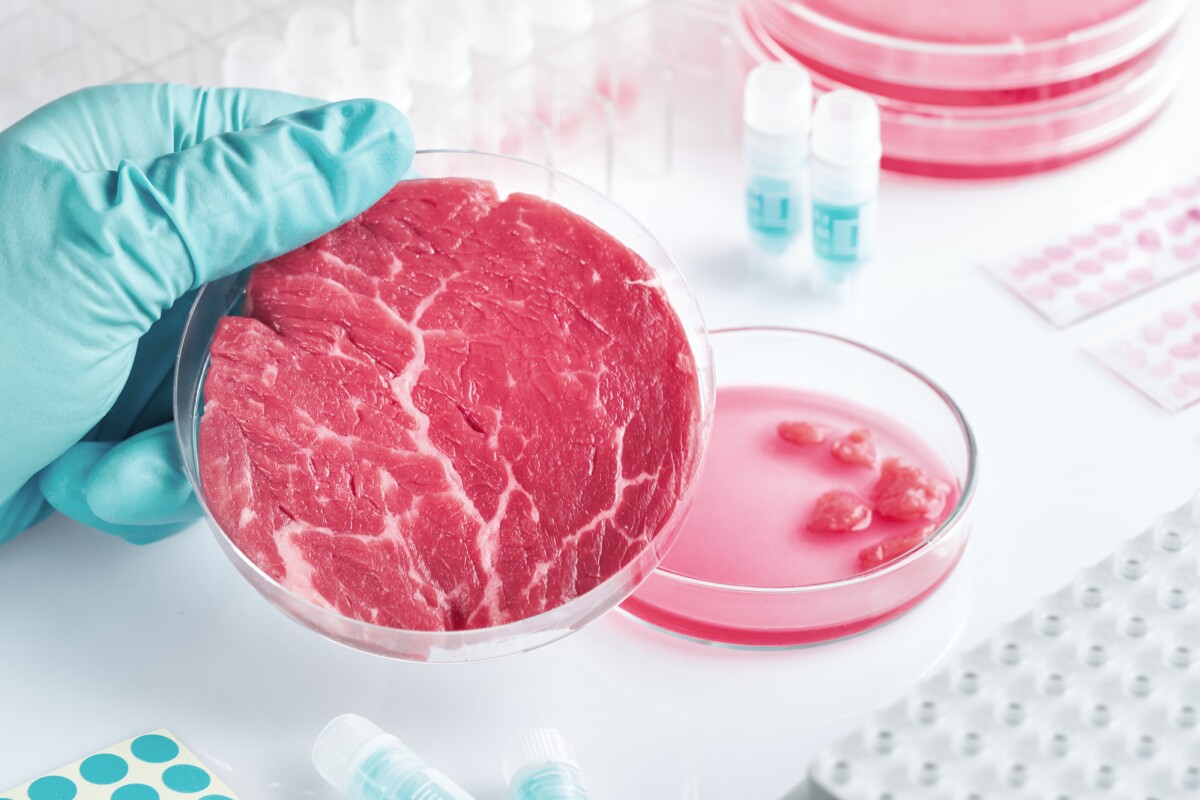In recent years, companies aiming to make lab-grown, or “cultivated” meat, have made significant strides with their products. However, it’s unlikely that these products will be widely available anytime soon since the manufacturing process continues to face significant challenges, Kristina Peterson and Jesse Newman write for the Wall Street Journal.

The rise of ‘cultivated’ meat
Lab-grown meat, also known as “cultivated” meat, is produced by taking animal stem cell samples and growing them in controlled environments with nutrients like amino acids and sugars. This process only produces meat, rather than a complete animal. After a few weeks of growth, the cells are then harvested and formed into more familiar shapes, such as chicken breasts or meatballs.
The challenges of producing lab-grown meat
Despite recent advancements, cultivated meat companies still face considerable challenges before they will be able to scale up their production and match the volumes produced in the conventional meat industry.
Compared to the global meat industry, which is expected to produce over 350 million metric tons of meat this year, cultivated meat companies are currently only able to produce a few thousand pounds of its product each year. Upside’s pilot plant, which opened in 2021, is also still not operating at its 50,000-pound annual capacity.
** Click here to read the full-text **











